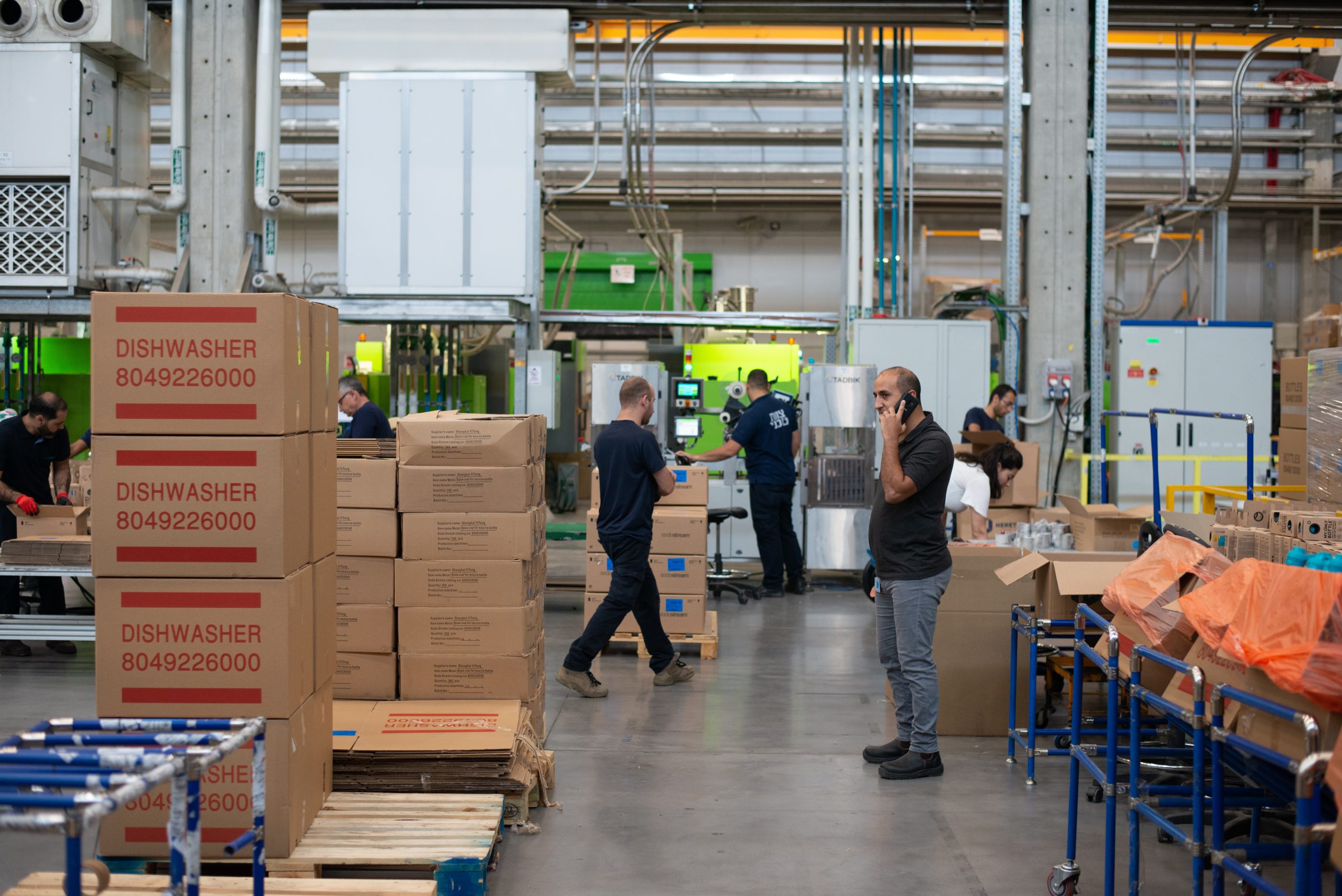


Is it possible for an historic building to become carbon neutral?
In the UK we’re lucky to have a wealth of historic and listed buildings. Some of these are homes, but many operate as businesses, often in the hospitality or tourism industries. Older buildings tend to have more complex issues when it comes to energy being wasted in the building, and they require a specific approach.…

All but two regions are failing on school energy efficiency in the UK
UK schools are missing targets on reducing energy use per pupil. New data released shows that Yorkshire & the Humber and the North East are the only regions where schools have collectively reduced how much they spend on energy per pupil, cutting expenditure by 4.4% and 0.9% respectively. Every other region of England increased its…

Research shows that commercial buildings must reduce energy use by 80% to meet net zero targets
Research published by the Centre for Economics and Business Research (CEBR) found that to meet the government’s net zero targets, commercial buildings must reduce their energy use by up to 80%. The research determined that a typical commercial building uses 284 kWhe/m2, compared to the 55-70 kWhe/m2 which would be needed by 2050 to comply…

The most common energy saving opportunities for manufacturing businesses
Manufacturing and engineering businesses tend to be high energy users, with annual energy bills well exceeding £10,000. Not only does this cut into business profits, it also needlessly adds to overall carbon emissions from human activity – which, as you’ll be aware, are already dangerously high. This means there’s huge opportunity in the manufacturing industry…

Oxford-based Ecosync receives OxFutures grant to develop smart temperature control for buildings
Start up company EcoSync is developing a smart temperature control system using artificial intelligence. They have secured additional innovation funding from OxFutures to continue the development. Ecosync’s technology helps businesses synchronise heating with occupancy levels. With the added control over the temperature settings, they can improve energy efficiency – avoiding empty rooms being heated. They are aiming,…

Three easy ways to cut energy use by making more of the technology you already have
There are a myriad of different ways to make energy improvements in a workspace to reduce wasted energy – reducing running costs and carbon emissions. These range from no-cost, low-effort options like improvement staff awareness and energy management to higher-cost interventions such as replacing your heating system or installing rooftop solar PV panels. Not all…

Ikea pledges to invest £3.4bn in renewable energy by 2030
Ikea plans to spend an additional £3.4 billion on renewable energy technology by the end of this decade – including building wind and solar farms, installing electric charge points at its premises, and exploring energy storage too. The company spent £2.5 billion over the last decade on installing 935,000 solar panels on the roofs of…

New tool from Green New Deal: how many green jobs in your area
How many green jobs could be created in your constituency? This new tool from the Green New Deal team can tell you, and help you lobby your local MP to put them in place. Green New Deal are highlighting the jobs lost during the Covid-19 pandemic, and calling for the government to replace lost jobs…

The UK will announce plans to commit by law to reduce emissions by 78% by 2035
The UK government is to set in law the world’s most ambitious climate change target, cutting emissions by 78% by 2035 compared to 1990 levels. This is in line with the most recent recommendation from the Climate Change Committee, and will be part of the Sixth Carbon Budget to be announced in the run up…
